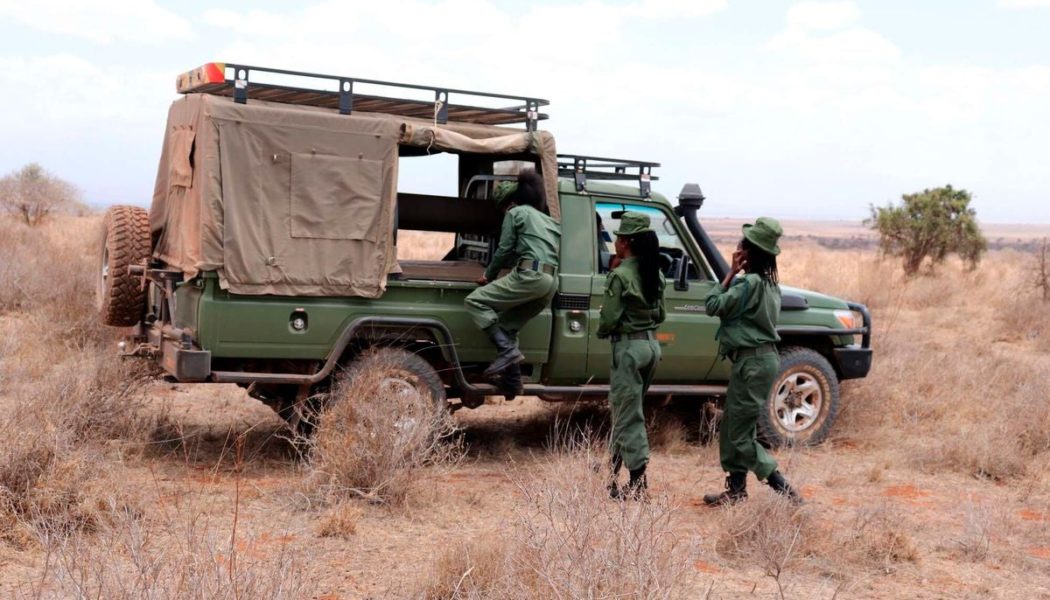
Kenya is renowned worldwide for its natural beauty. Boasting stunning vistas teeming with tens-of-thousands of wildlife species and rich biodiversity, alongside bustling cityscapes, it is amongst a handful of countries classified as ‘mega-biodiverse’ and harbours the world’s only national park within its capital city, Nairobi.
However, these accolades belie a precarious balance between the seemingly competing forces of socioeconomic development and environmental conservation.
The exponential growth in population has led to a proportional jump in resource consumption, pitting communities in escalating competition with wildlife. Expanding settlements are encroaching into natural habitats, migration corridors, and dispersal areas.
Further encroachment is necessitated, to provide for increasing infrastructural, agricultural, and industrial needs. A recent study on Kenya’s rangelands perfectly encapsulates this dilemma – in 50 years the population of sheep and goats rose by 76 percent, apace with the quintupled number of residents.
Considered alongside exacerbating factors like climate change, poverty and, ironically, successful repopulation of species like elephants, hippos, lions among others, it has increased human-wildlife conflicts, posing the biggest challenge for conservation.
An estimated 2,150 wild animals were killed between 2005 and 2016 in Kenya. This could be detrimental, considering the economic significance of tourism, making up 10.4 percent of Kenya’s GDP and one-in-twelve jobs, according to the Tourism Sector Performance Report 2023.
Thus, addressing human-wildlife conflict is a key priority for the country. Though impossible to wholly eliminate, effectively integrated and well-informed methods can facilitate peaceful coexistence between society and conservation outside protected areas. It, however, needs the contribution of a variety of actors.
We must protect nature for the people, not from them. By empowering local communities, who are the stewards of natural resources conservation and management, we can preserve it more effectively and efficiently for equitable benefit.
More importantly, communities should be involved in biodiversity conservation efforts in a manner that uplifts their livelihoods, secures their rights, and respects their unique indigenous knowledge and culture.
By sharing knowledge and directing concerted action, we can create bigger solutions to tackle the significant challenges posed by human-wildlife conflict. Alone, our power is limited, but together with likeminded changemakers, we can reshape systems for long-term coexistence and conservation success.
The writer is the Government Relations and Policy Director at the Nature Conservancy’s Kenya office.









